
Company
K-1 Reunion in Pennsylvania…
Friday, 20 May
Car pool convoy to Valley Forge Park, movie at visitors' center, park tour in
autos guided by audio disks in each car.
Optional lunch arrangements and afternoon activities including the Barnes
Foundation.
Optional dinner on your own.


1928 Commemorative Stamp honoring George Washington @Valley Forge on 150th
Anniversary…
Valley Forge National Historical Park
|
Valley Forge National Historical Park |
|
|
Show map of PennsylvaniaShow map of the USShow all |
|
|
Location |
|
|
Nearest city |
|
|
Coordinates |
|
|
Area |
3,466 acres (1,403 ha) |
|
Visitation |
1,303,047 (2011)[1] |
|
Website |
|
|
NRHP reference # |
|
|
Significant dates |
|
|
Added to NRHP |
October 15, 1966 |
|
Designated NHLD |
January 20, 1961 |
|
Designated NHP |
State Park: 1893 |
Valley Forge National Historical Park is the site of the third winter encampment
of the Continental
Army during
the American
Revolutionary War,
taking place from December 19, 1777 to June 19, 1778.
The National Historical Park preserves the site and interprets the history of
the Valley Forge encampment. Originally Valley Forge State Park, it
became a national
historical park in
1976. The Park contains historical buildings, recreated encampment structures,
memorials, museums, and recreation facilities.
The park encompasses 3,500 acres (1,400 ha) and is visited by over 1.2 million
people each year. Visitors can see restored historic structures, reconstructed
structures such as the iconic log huts, and monuments erected by the states from
which the Continental soldiers came. Visitor facilities include a visitor center
and museum featuring original artifacts, providing a concise introduction to the
American Revolution and the Valley Forge encampment. Ranger programs, tours
(walking and trolley), and activities are available seasonally. The park also
provides 26 miles (42 km) of hiking and biking trails, which are connected to a
robust regional trails system. Wildlife watching, fishing, and boating on the
nearby Schuylkill
River also
are popular.
Historical encampment
Washington
and Lafayette
From December 19, 1777 to June 19, 1778, the main body of the Continental
Army (approximately
12,000 troops) was encamped at Valley
Forge.
The site was chosen because it was between the seat of the Second
Continental Congress in York,
supply depots in Reading,
and British forces in Philadelphia 18
miles (29 km) away, which fell after the Battle
of Brandywine.
This was a time of great suffering for the army, but it was also a time of
retraining and rejuvenation. The shared hardship of the officers and soldiers
of the army, combined with Baron
Friedrich von Steuben's
professional military training program, are considered key to the subsequent
success of the Continental Army and marks a turning point in the Revolutionary
War.
Park history
Valley Forge was established as the first state
park of
Pennsylvania in 1893 by the Valley Forge Park Commission (VFPC) "to preserve,
improve, and maintain as a public park the site on which General George
Washington's
army encamped at Valley Forge." The area around Washington's Headquarters was
chosen as the park site. In 1923, the VFPC was brought under the Department of
Forests and Waters and later incorporated into the Pennsylvania
Historical and Museum Commission in
1971.
The park served as the location of the National
Scout Jamboree in
1950, 1957, and 1964.
Valley Forge was designated a U.S. National
Historic Landmark in
1961 and was listed in the initial National
Register of Historic Places in
1966. The area covered by these listings goes outside what was the Valley Forge
State Park boundaries to include four historic houses where the Marquis
de Lafayette and
other officers were quartered.
In 1976, Pennsylvania gave the park as a gift to the nation for the Bicentennial.
The U.S. Congress passed a law, signed by President Gerald Ford on July 4, 1976,
authorizing the addition of Valley Forge National Historical Park as the 283rd
Unit of the National Park System.
Features and facilities
Ranger in Continental Army uniform explaining Revolutionary War artillery.
Visitors Center
The park features a visitor center, which acts as orientation for visitors to
the site. The features of the center include a museum with artifacts found
during excavations of the park, an interactive muster roll of Continental
soldiers encamped at Valley Forge, ranger-led gallery programs and walks, a
storytelling program, a photo gallery, a visitor information desk staffed by
Park Rangers, Representatives from the Valley Forge Tourism and Convention
Board, & Park Volunteers, and the Encampment Store for books and souvenirs.
90-minute Trolley tours of the park and bike rentals are available seasonally
from this location. A short 18-minute film, "Valley Forge: A Winter Encampment"
is shown in the park's theater next door.
Headquarters buildings
Washington's
Quarters, April 2012
A key attraction of the park is the restored colonial
home used
by General George Washington as his headquarters during the encampment.
Rehabilitation of the headquarters area was completed in summer 2009, and
included the restoration of the old Valley Forge train station into an
information center, new guided tours, new exhibits throughout the landscape, and
the elimination of several acres of modern paving and restoration of the
historic landscape. Quarters of other Continental Army generals are also in the
park, including those of Huntington, Varnum, Lord
Stirling,
Lafayette, and Knox.
Varnum's quarters is open on weekends during the summer.
Reconstructed works and buildings
Recreation
of a cabin in which soldiers would have lived at Valley Forge
Throughout the park there are reconstructed log cabins of the type thought to be
used during the encampment. Earthworks, for the never needed defense of the
encampment, are visible, including four redoubts,
the ditch for the Inner Line Defenses, and a reconstructed abatis.
The original redoubts and several redans on Route 23, Outer Line Drive, and
Inner Line Drive were covered with sod to preserve them, but they are currently
in need of further restoration. The original forges, located on Valley
Creek,
were burned by the British three months prior to Washington's occupation of the
park area. However, neither the Upper Forge site nor the Lower Forge site have
been reconstructed. There are also several historical buildings that have not
been made open to the public because of reasons such as their current state of
disrepair. These include: Lord Stirling's Quarters, Knox's Quarters, and the Von
Steuben Memorial. Other historical buildings include the P.C. Knox Estate,
Kennedy-Supplee Mansion and Potts' Barn.
Washington Memorial Chapel
The Washington Memorial Chapel and National
Patriots Bell Tower carillon sit
atop a hill at the center of the present park. The chapel is the legacy of Rev.
Dr. W. Herbert Burk. Inspired by Burk's 1903 sermon on Washington's birthday,
the chapel is a functioning Episcopal Church, built as a tribute to Washington.
Burk was also instrumental in the development of the park itself, including
obtaining Washington's campaign tent and banner, which used to be on display in
the Visitor Center, but now in the collection to be showcased in the new Museum
of the American Revolution in Philadelphia, starting in 2017. The chapel and
attached bell tower are not technically part of the park, but serve the
spiritual needs of the park and the community that surround it. The bell tower
houses the DAR Patriot
Rolls, listing those that served in the Revolutionary War, and the chapel
grounds hosted the World
of Scouting Museum.
Memorial markers
The
National Memorial Arch
Sitting atop a hill at the intersection of the Outer Line of Defense with the
Gulph Road, the National Memorial Arch dominates the southern portion of
the park. It is dedicated "to the officers and private soldiers of the
Continental Army December 19, 1777 – June 19, 1778." The arch was commissioned
by an act of the 61st
Congress in
1910 and completed in 1917. It is inscribed with George Washington's tribute to
the perseverance and endurance of his army:
“We
cannot enough admire the Incomparable Patience and Fidelity of the Soldiery
Naked and Starving as they are…George
Washington
Visitors leaving the Visitor Center proceed along Outer Line Drive toward the
arch. The drive is lined with large (~2 m high) memorial stones for each of the
brigades, or "lines", that encamped there. Crossing Gulph Road at the arch, the
drive proceeds through the Pennsylvania Columns and past the hilltop statue of Anthony
Wayne on
horse. More brigade stones line Port Kennedy Road.











Commemorative stamp honoring General Von Steuben on the 200th
anniversary of his birth…


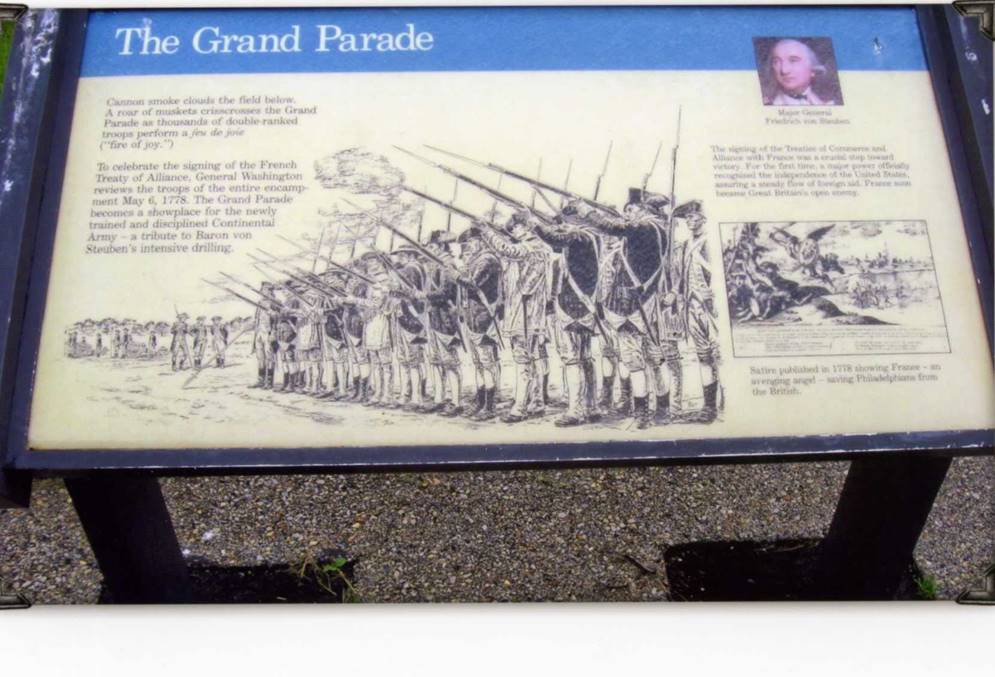

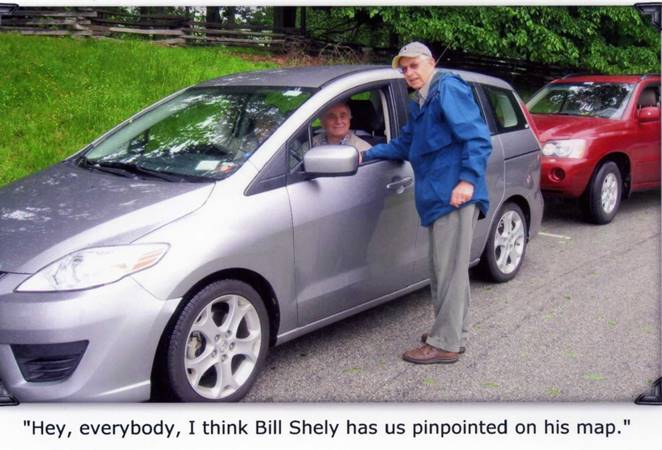

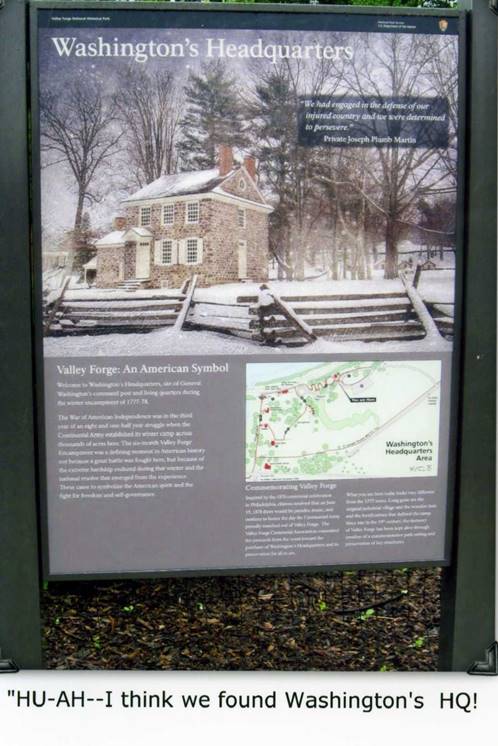

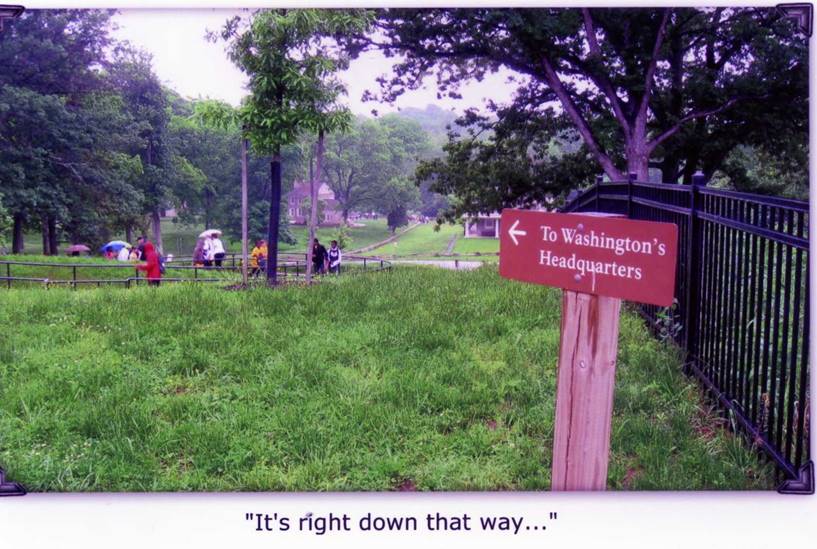

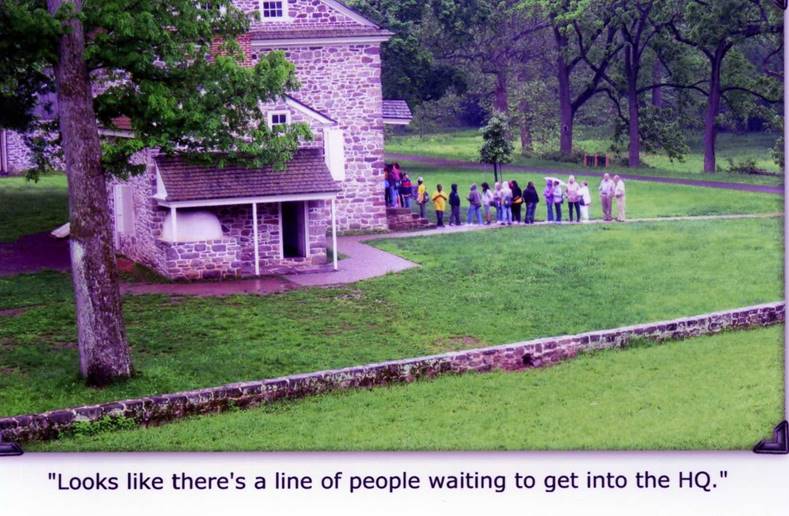

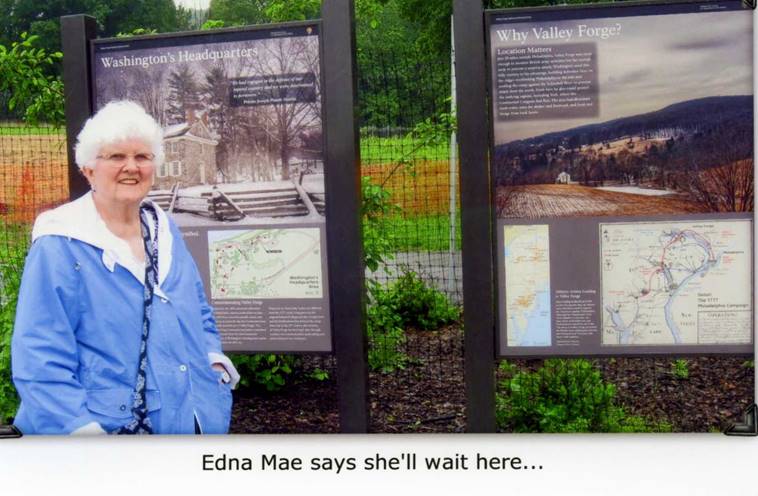

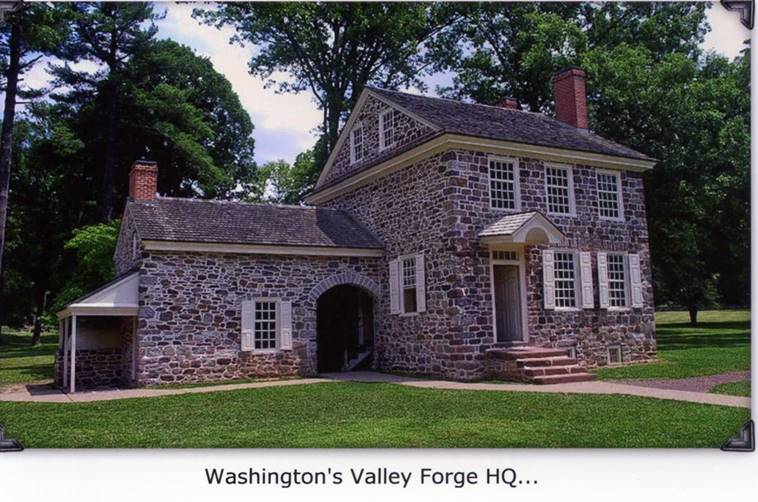
Inside, we peruse the posters referencing the Valley Forge encampment before
departing for dinner…

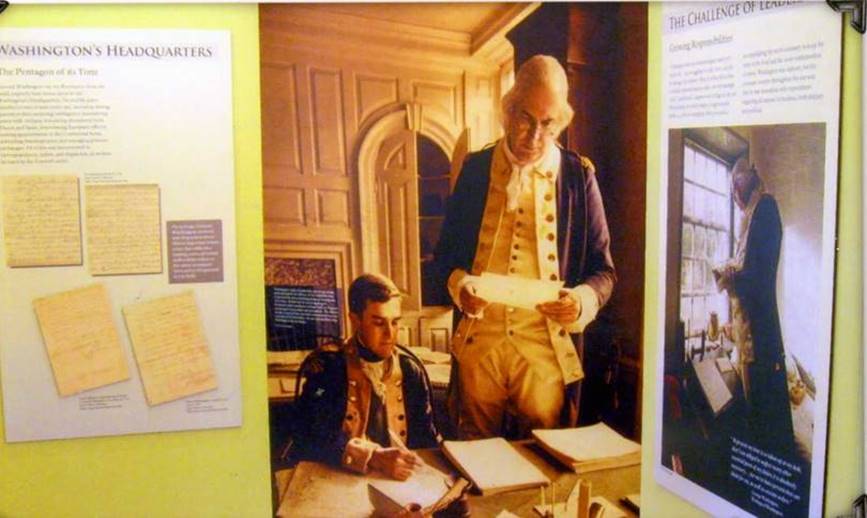
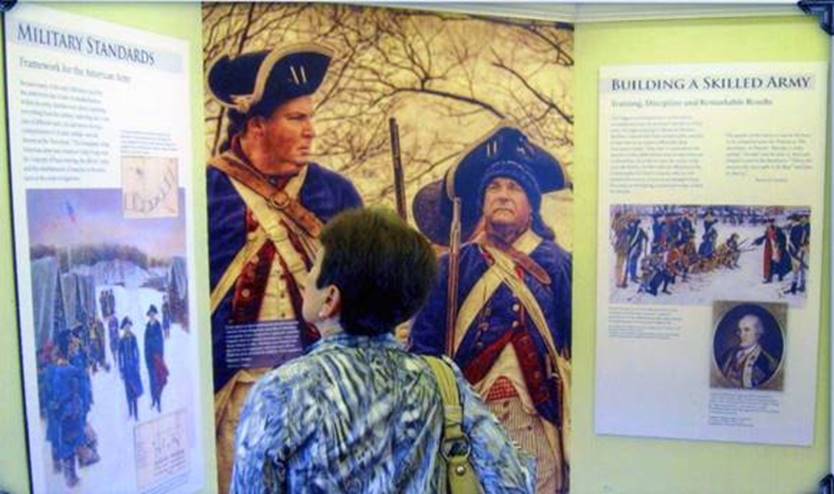
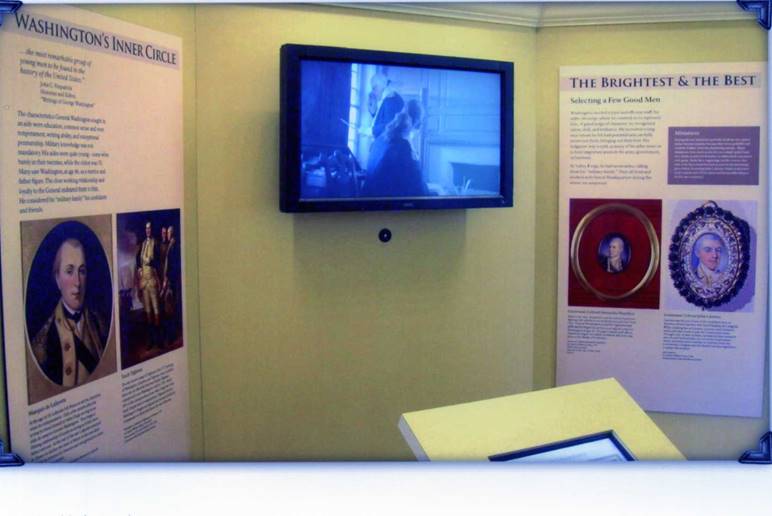
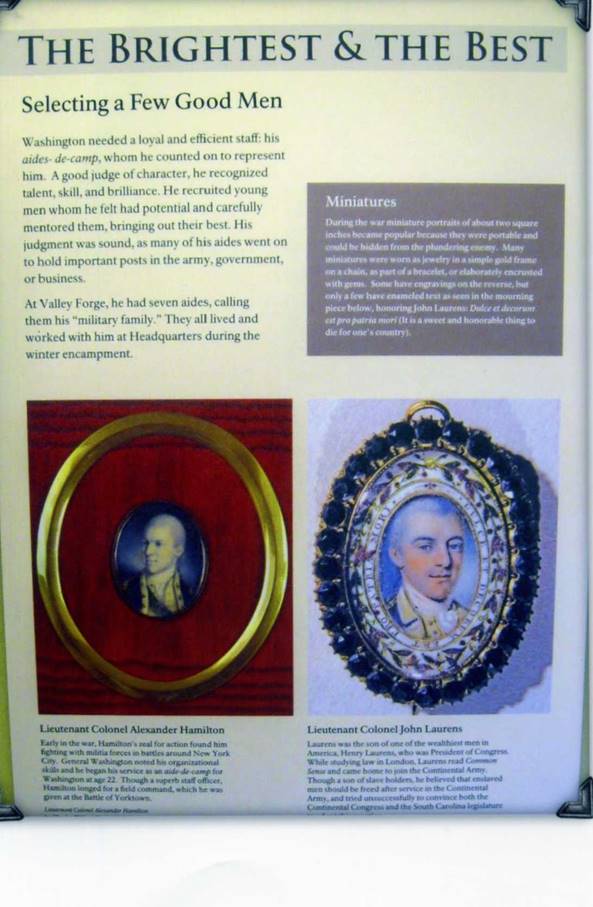
…..continued in Part 5
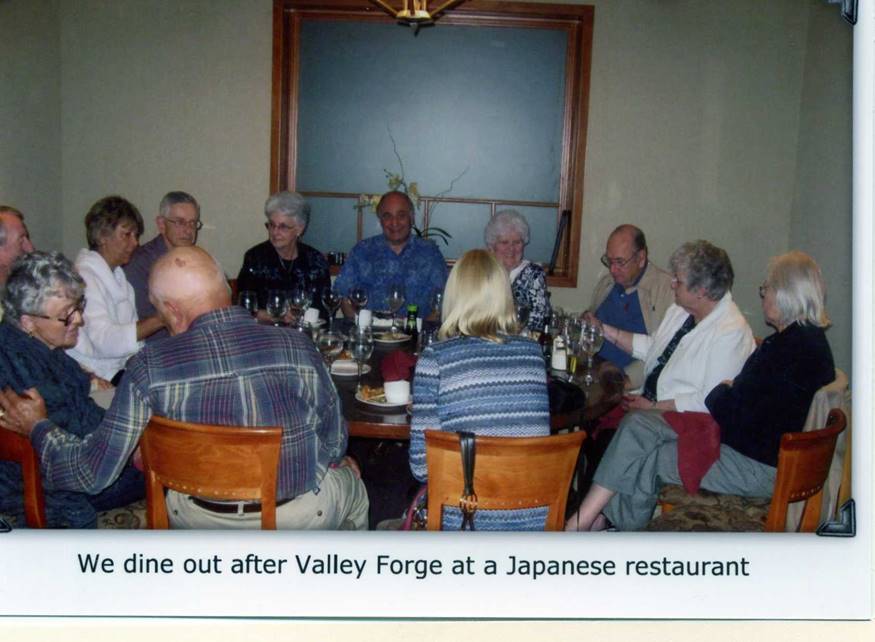
**********************************************